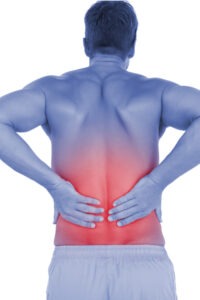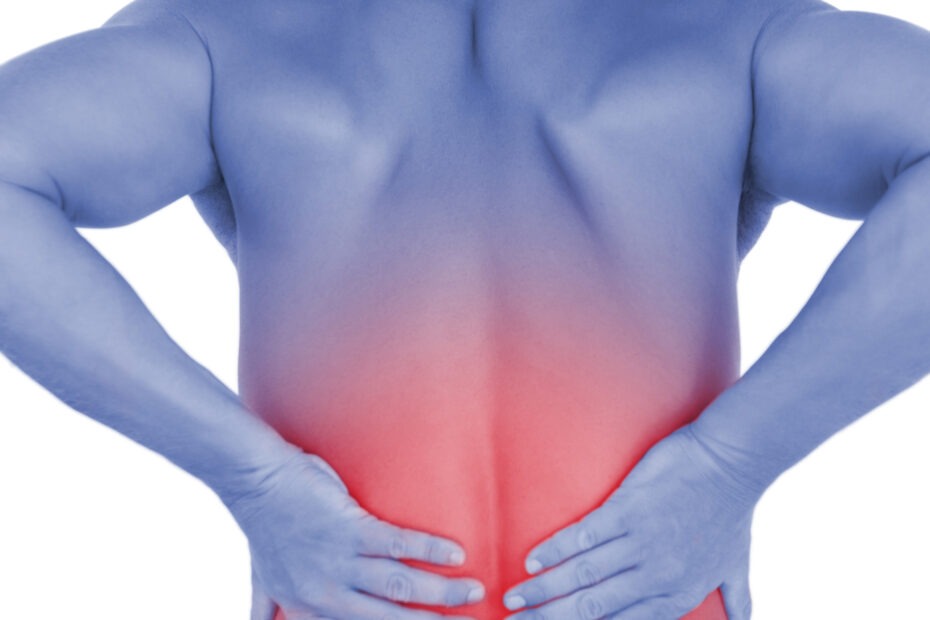
Discussion Post I Submitted for my Atlantic University TP5005 Course – August 7, 2019
My father was a District Court Judge in Massachusetts while I was growing up, and one of his responsibilities was to conduct mental health commitments at two different state hospitals. The purpose of the hearings was to determine if a patient could be released on their own as they were being held against their will due to the possibility that they could harm themselves and/or others. The state had to petition a judge initially to hold someone against their will, and then they were granted a limited amount of time to evaluate the patient, usually 21 days at the most.
I heard a great many stories from my Dad about the patients he saw, possible causes of their schizophrenia and other mental illnesses, and the approach the state hospital and psychologists took. Family upbringing and traumas faced in that environment were often seen as “causes”, as well as chemical imbalances, and drug and alcohol addictions. The approaches were typical of modern medicine – a heavy dose of pharmaceuticals and group and one-on-one therapy sessions. The success rate of anyone who wound up in front of my father seemed pretty low, as he saw people multiple times even if he had previously granted their release.
With this background, I had no idea that schizophrenia could be related to a physical disorder or injury nor did I understand its relationship to spirituality until this course. None of the Cayce case studies we read in David McMillin’s, Case Studies in Schizophrenia, seem to relate to an upbringing of the patience, addictions, or any of the other standard modern diagnoses. Interestingly, Cayce often recommended that the patient be moved out of a state hospital environment as it was detrimental to their recovery.
I did wonder about the discrepancy in the onset of schizophrenia between men and women, with women experiencing symptoms in the twenties and early thirties, while men’s appeared approximately a decade earlier. McMillin’s explanation that this is likely due to women experiencing pelvic disorders due to pregnancies, while men tend to experience injuries in their younger years due to their “daredevil” nature seemed to make a lot of sense. Christina Grof’s spiritual transformation, which included a kundalini awakening, provided evidence for a spiritual “cause” of schizophrenia type symptoms.
Both readings this week left me with a sad sense that the standard treatment of most patients exhibiting symptoms of schizophrenia is severely limited and off the mark as they seem to be missing a huge part of what’s likely causing the disorders.
References
McMillin, D. (1995), Case studies in schizophrenia, A.R.E. Press: Virginia Beach, VA.
Grof C. and Groff S., M.D. (1990), The stormy search for the self, Jeremy P. Tarcher, Inc.: Los Angeles, CA.
